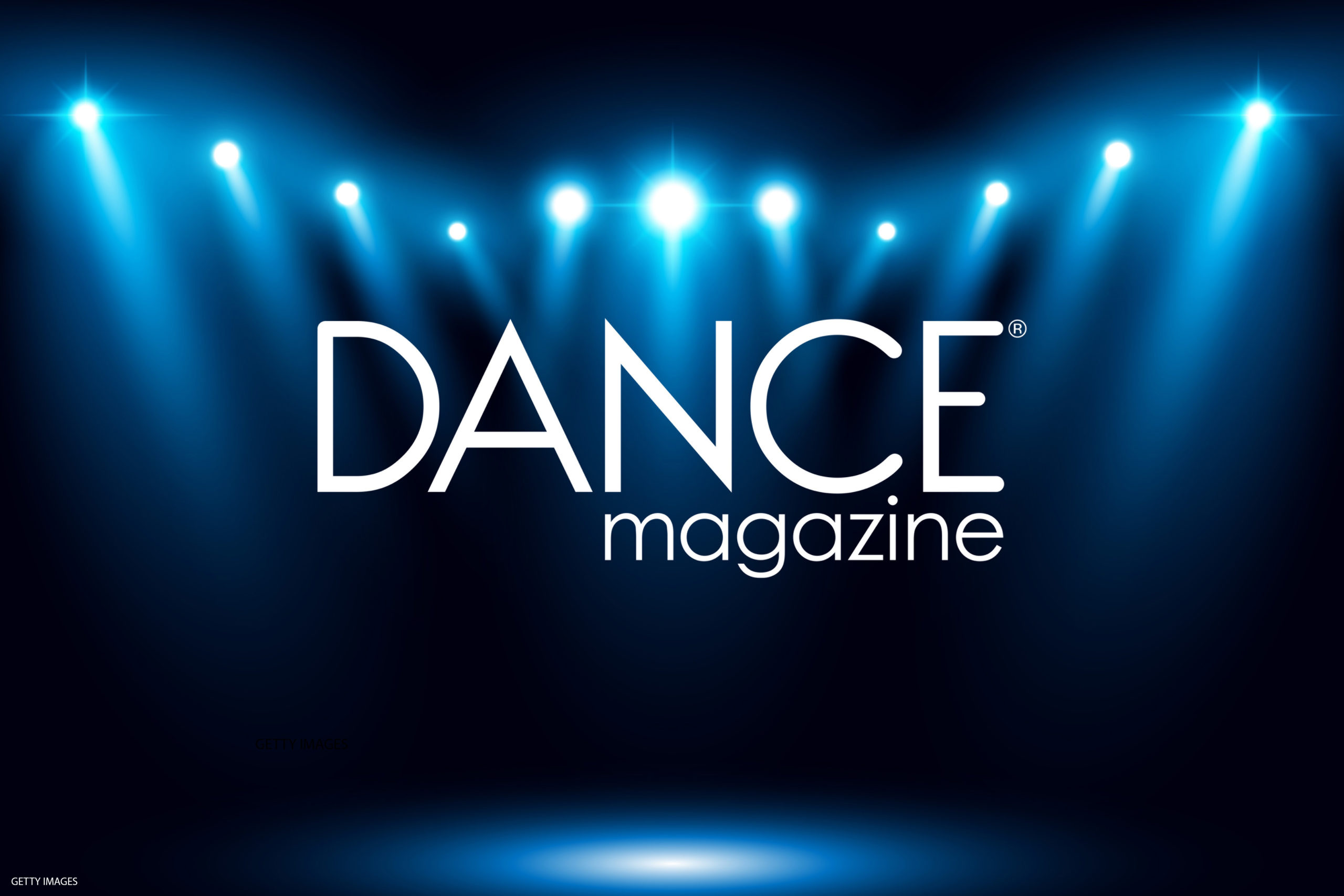M'Zawa Danz
Reviewed by Albert Lee
Raymond Alexander “Rayza Rayz” King did his best to raise the roof at Playhouse 91 in his opening rap to The Panther Peace. “Everybody say yeah!” he hollered, and the audience responded with less-than-rousing “yeah?s” and polite clapping along. Fortunately, actions speak louder than words and M?Zawa Danz brought plenty of great dancing to the stage.
The choreographer Maia Claire Garrison is known for her rich blend of West African, jazz, modern and hip-hop vernacular, and in her newest work, she and her dancers?Kamilah Asha Levens, Marquita Levy, Omagbitse Omagbemi?move as if they were casually fluent in all of those languages. Their bodies slip into and out of different movement styles with ease, occasionally picking up even Indian and Near Eastern accents. Sometimes it?s simple?a plié with a jazz inflection, say. At other times, they?ve got all kinds of things going on?their arms talking street and getting all attitudinal (“talk to the hand, ?cause the face ain?t listening”) while their legs and hips whip the air with African dance style frenzy. The result is unforced and effortlessly natural, a mix that might have proven clunkier in less-skilled hands.
The Panther Peace
is essentially a pastiche of dance sequences, solos and guest performances of rapping, tap dancing and bucket-drumming. When all four women are on the stage, they move in festive and ritualistic patterns, making for an interesting counterpoint to the solo performances. One that was particularly moving was a solo by Garrison (set to the jazz music of her father, Jimmy Garrison, former bass player with the legendary John Coltrane) in which, even while extending limbs upward and stretching her body, she delves deeper into self-exploration. Marquita Levy appears in a recurring solo sequence, speaking aloud her thoughts as she rides the subway from the Bronx to Manhattan, worrying about being late for rehearsal and getting nervous when the train stalls and goes dark. The dance was set to music by The Roots, Ghostface Killah and the late Nigerian “Afrobeat” musician Fela Kuti, as well as a taped interview by William Bennett with NAACP president Kweisi Mfume (who was then a member of the House of Representatives).
The title of the work is ostensibly a reference to the Black Panthers, yet in contrast to the militant black-power group of the 1970s, The Panther Peace feels intimate, and the choreography not militantly separatist but inclusive. It?s neither a political statement nor a historical narrative but instead an evanescent evocation of the urban landscape through Garrison?s eyes?a beautiful, if fleeting, day in her life.




